She set such an imposingly high standard for excellence as a songwriter. Because of that, Joni Mitchell sometimes gets overlooked in terms of her ability to turn out hit singles. She enjoyed a decent stretch of pop chart success in the early 70s.
Videos by American Songwriter
Mitchell didn’t manage her first pop hit until several albums into her career. Her first Top 40 single in the US arrived when she set her mind to getting that hit out of the way.
Hits for Others
Joni Mitchell emerged from Canada in the late 60s. She relocated to California and quickly gained a reputation as a singer-songwriter of rare talent. Even as she ran in the circles of some of the top artists of the day, she was generally considered by those folks to be someone operating on another level.
Still, her unique brand of musicality and lyrical nuance didn’t make for an obvious fit at the pop charts. For a while, she had to rely on cover versions of her songs to break through to mass audiences.
As an example, Judy Collins took Mitchell’s “Both Sides Now” and did it in a baroque pop arrangement that fit very well with the radio songs of the day. Mitchell’s own version was much more restrained and folky. But Collins scored the big hit with it in 1968. And that helped put Mitchell’s name in the spotlight to an extent it hadn’t achieved to that point.
We Want a Hit
Mitchell’s association with Crosby, Stills, Nash & Young also helped her gain some exposure. Their recording of her song “Woodstock” served as one of the highlights of their 1970 album Déjà Vu. It also did well on the pop charts. As a result, Mitchell became a well-known name among music fans. But scoring a hit as an artist still eluded her for a while at the beginning of her career.
At the beginning of the 70s, Mitchell started to make some progress with her singles in terms of their pop exposure. “Big Yellow Taxi”, from the 1970 album Ladies Of The Canyon, cracked the Top 100. It also made it to the Top 40 of the Adult Contemporary list.
But her record company wanted more. They started to pressure Mitchell to deliver a song that could court AM radio and make her more of a factor with those audiences. Quite the ask, considering her 1971 album Blue, which spawned no major hit singles, was quickly hailed as a masterpiece of the singer-songwriter genre.
Nonetheless, Mitchell decided to acquiesce. She consciously wrote the first single from her 1972 album For The Roses to make it to the airwaves. And what better way to do that than with a song that uses radio as a metaphor for physical attraction?
“Radio” Waves
At one point, all three members of Crosby, Stills, & Nash could be heard on Mitchell’s recording of “You Turn Me On, I’m A Radio”. But in the final mix, only Graham Nash remained, with his harmonica part coasting alongside Mitchell’s acoustic guitar and lilting vocal.
Even though Mitchell was thinking in terms of hit singles, she in no way dumbed down her approach for the song. Even as she cleverly works in many terms related to the world of radio, she expresses ambivalence about the strength of the relationship beyond their passion.
In any case, “You Turn Me On, I’m A Radio” got the job done, as Mitchell landed at No. 25 on the pop charts with it. Over the next two years, she’d add three more Top 40 hits.
Photo by Jack Robinson/Getty Images

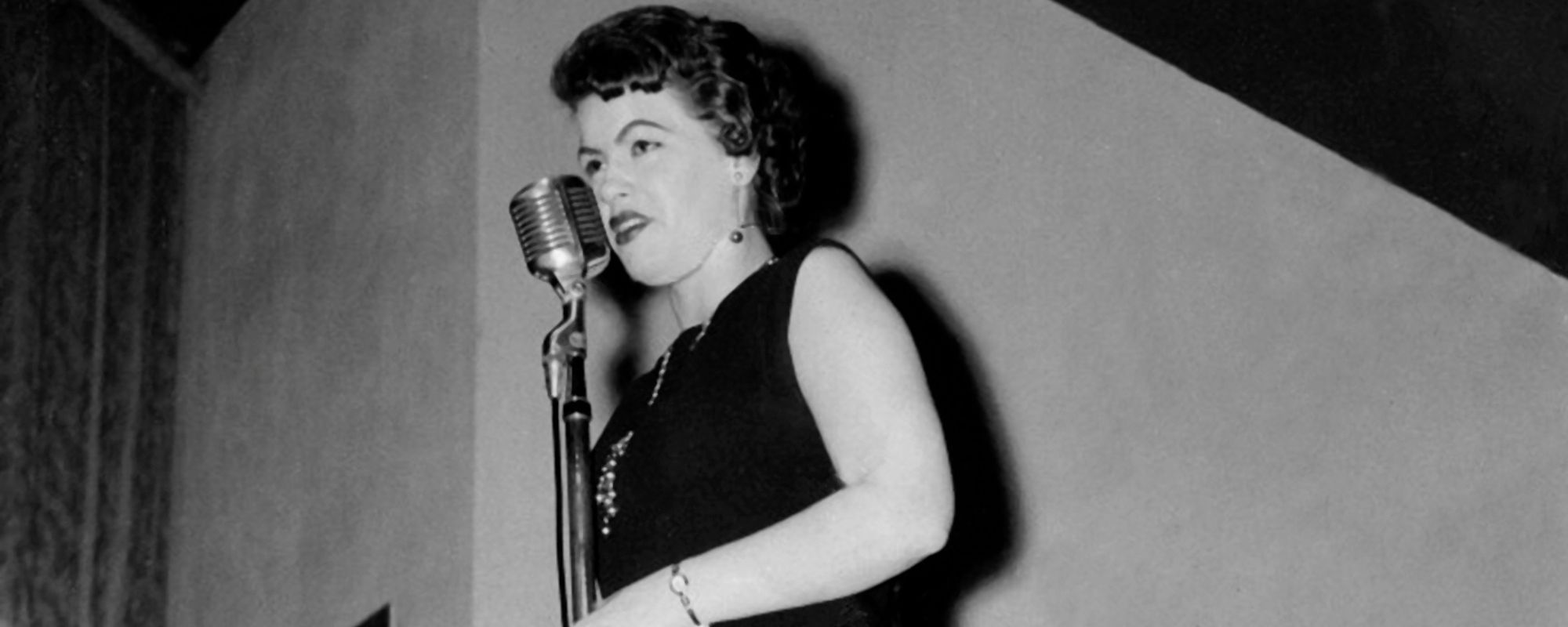
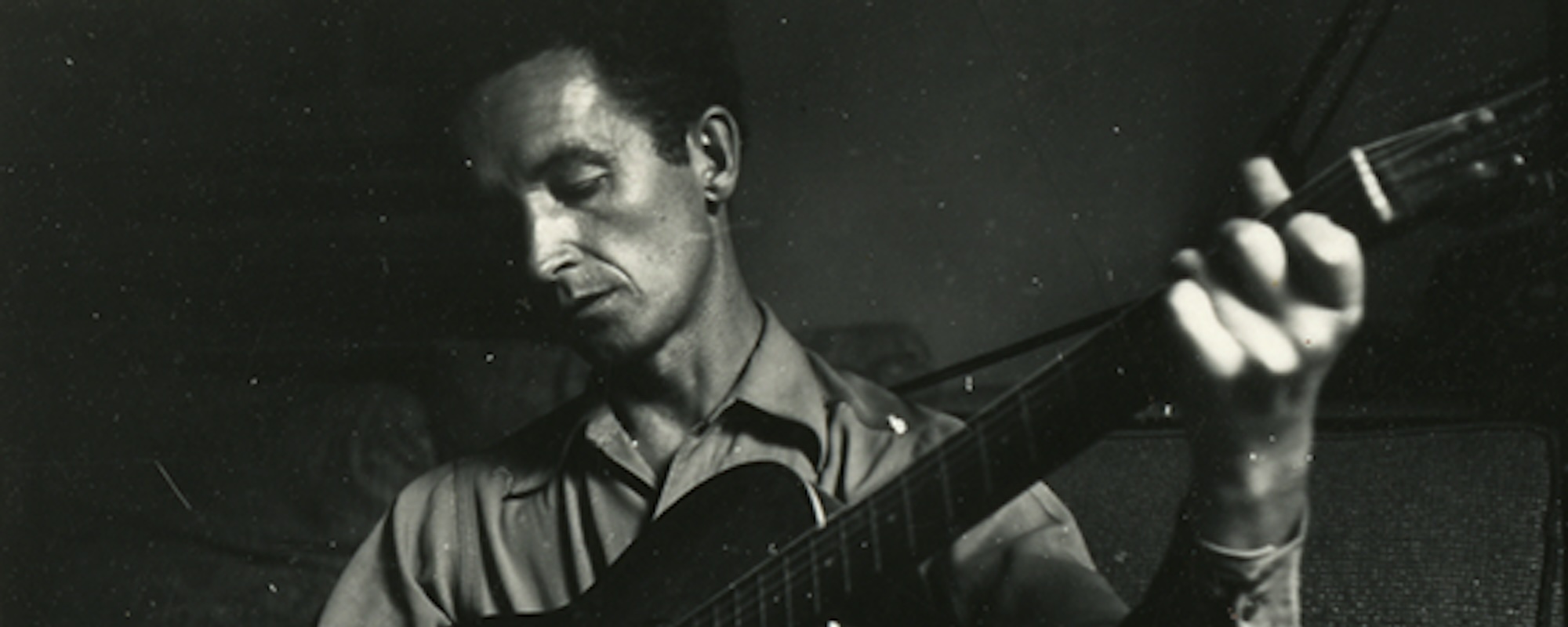
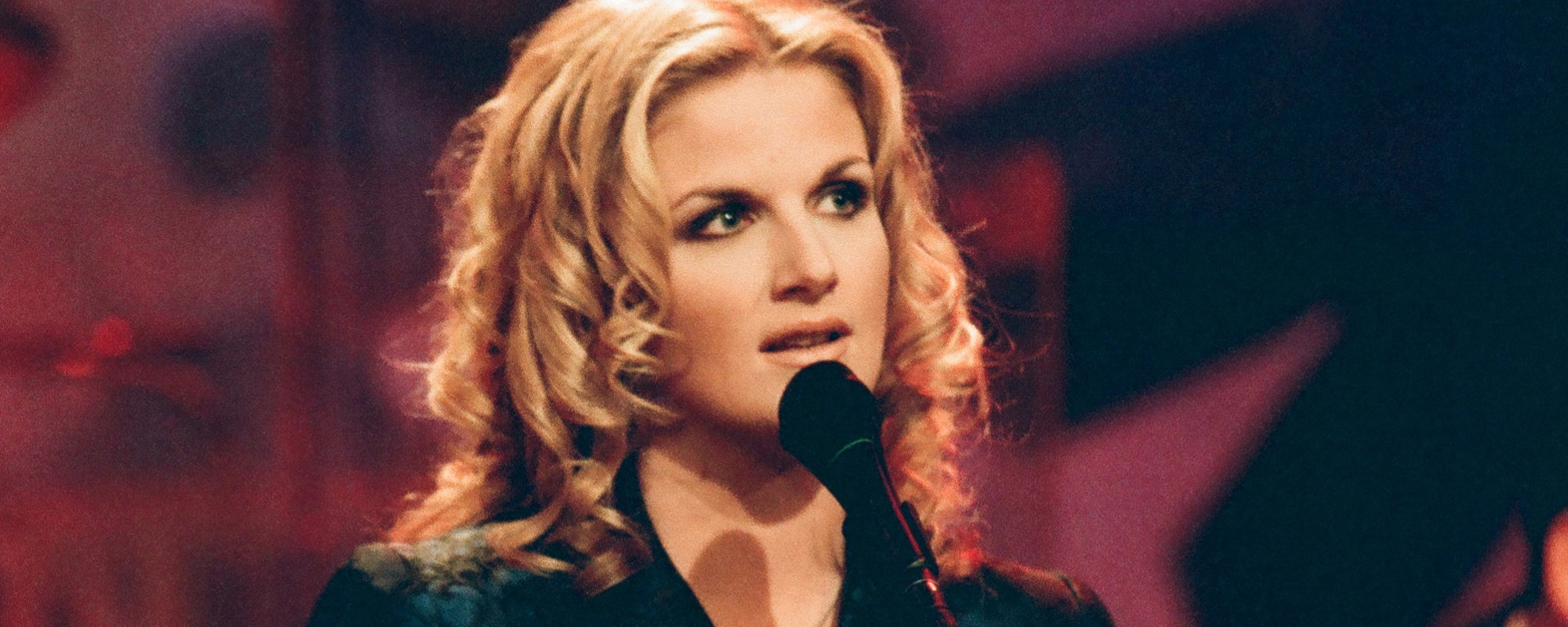

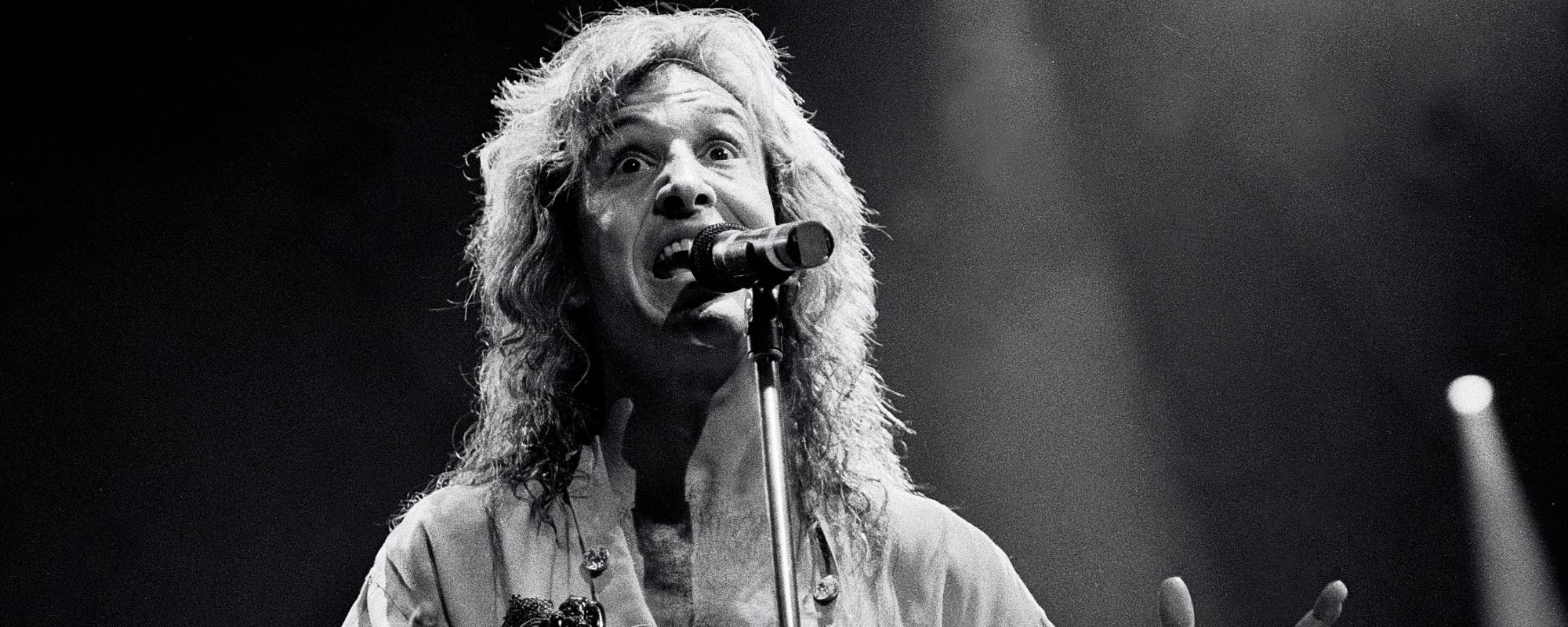


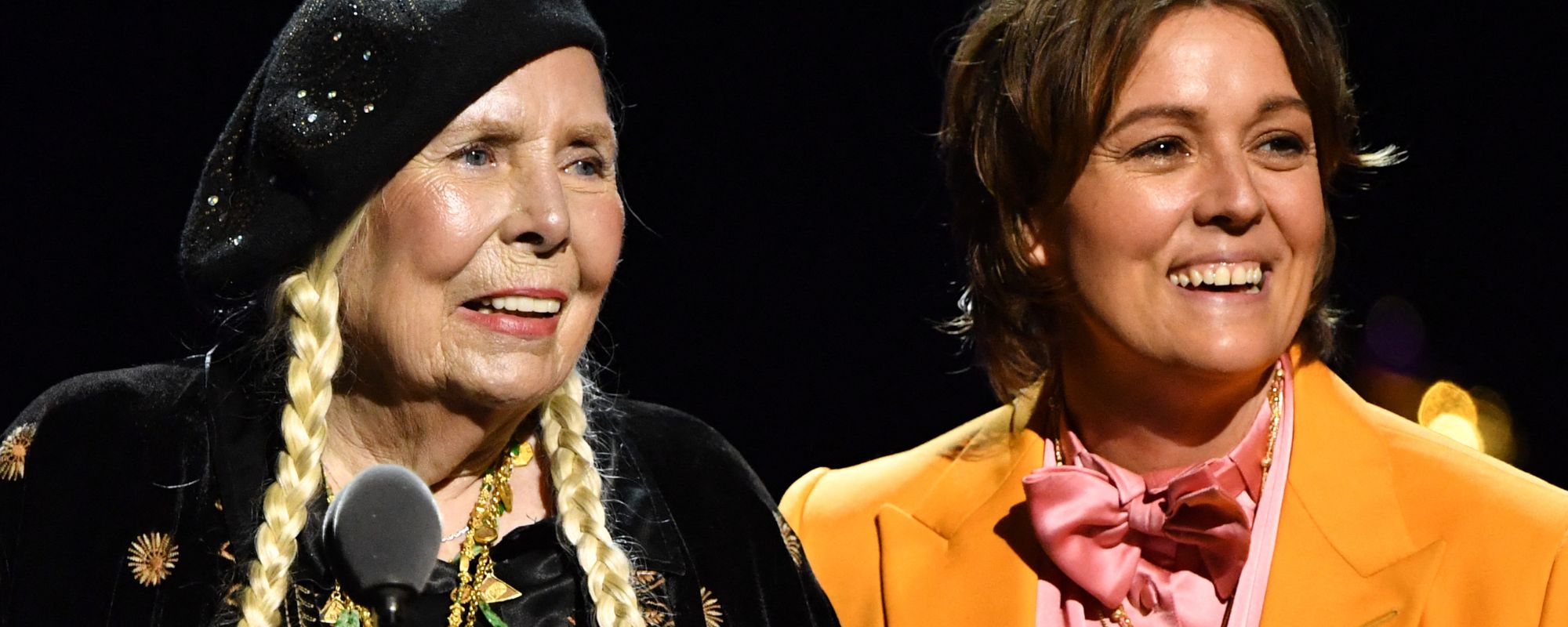

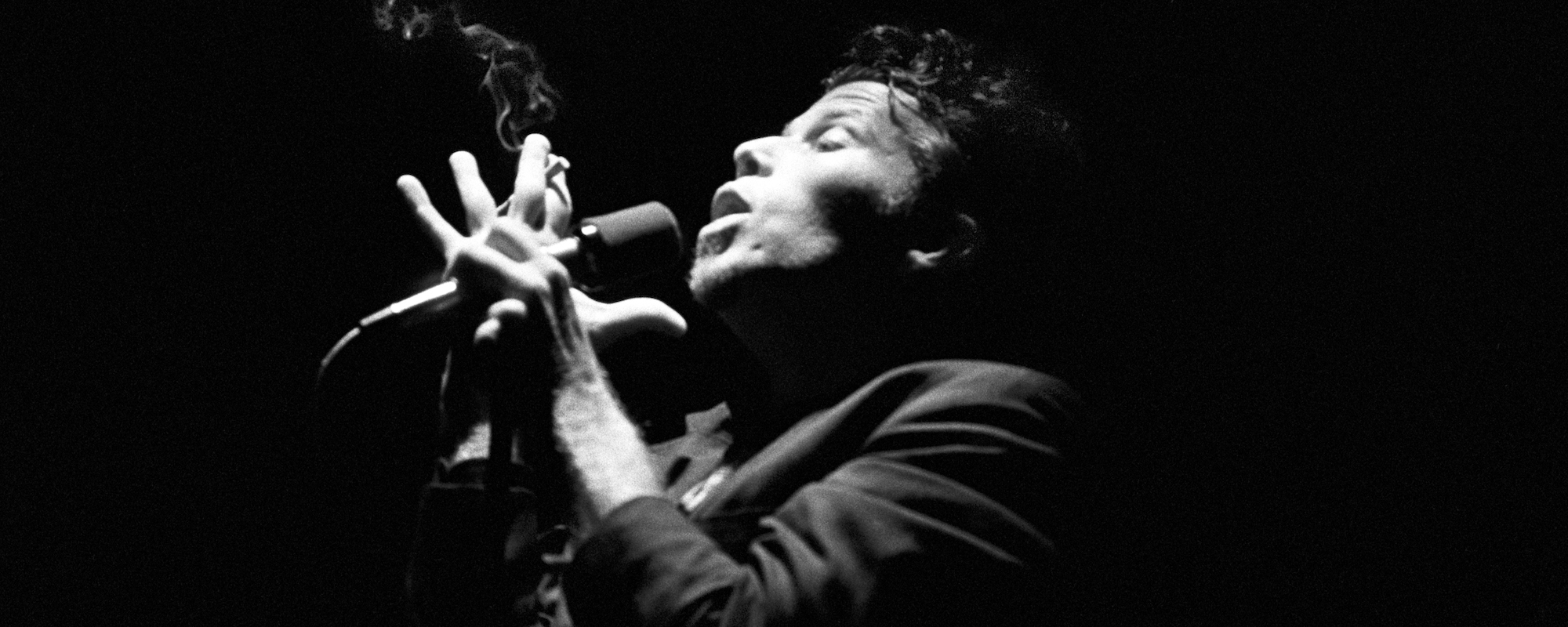
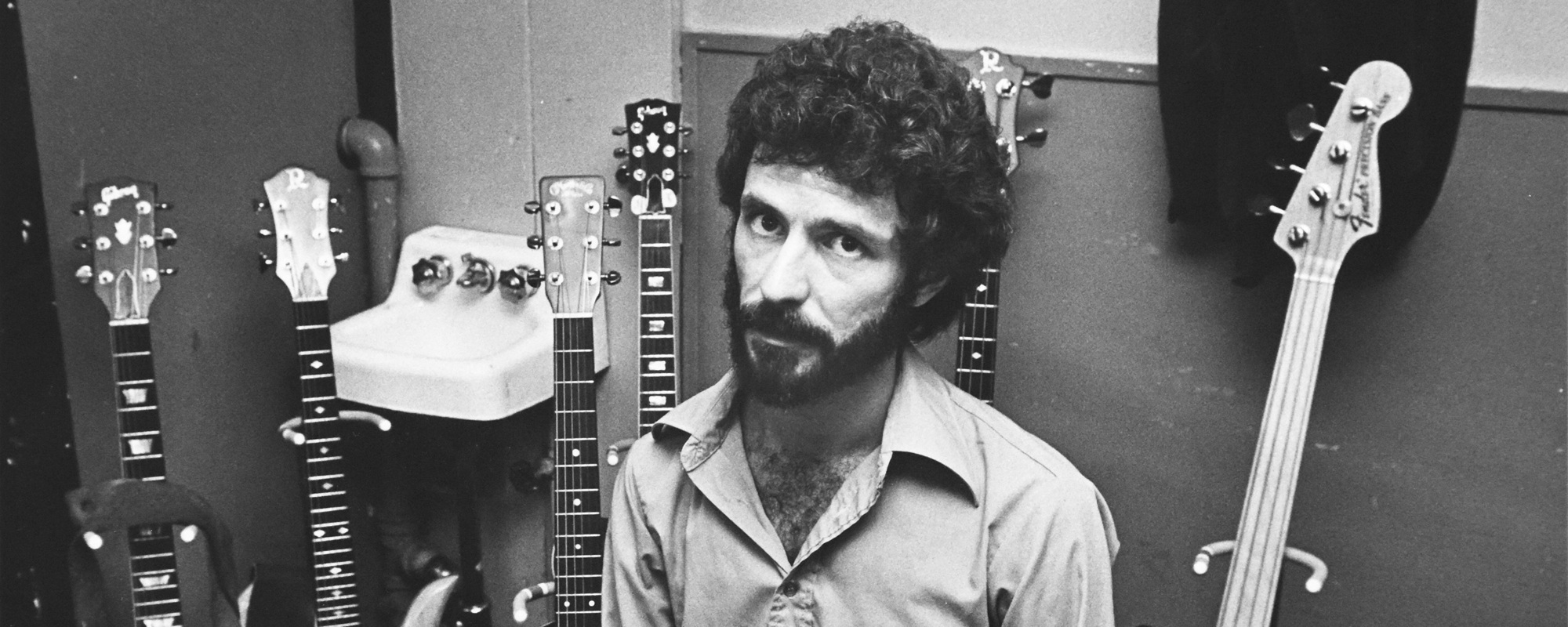
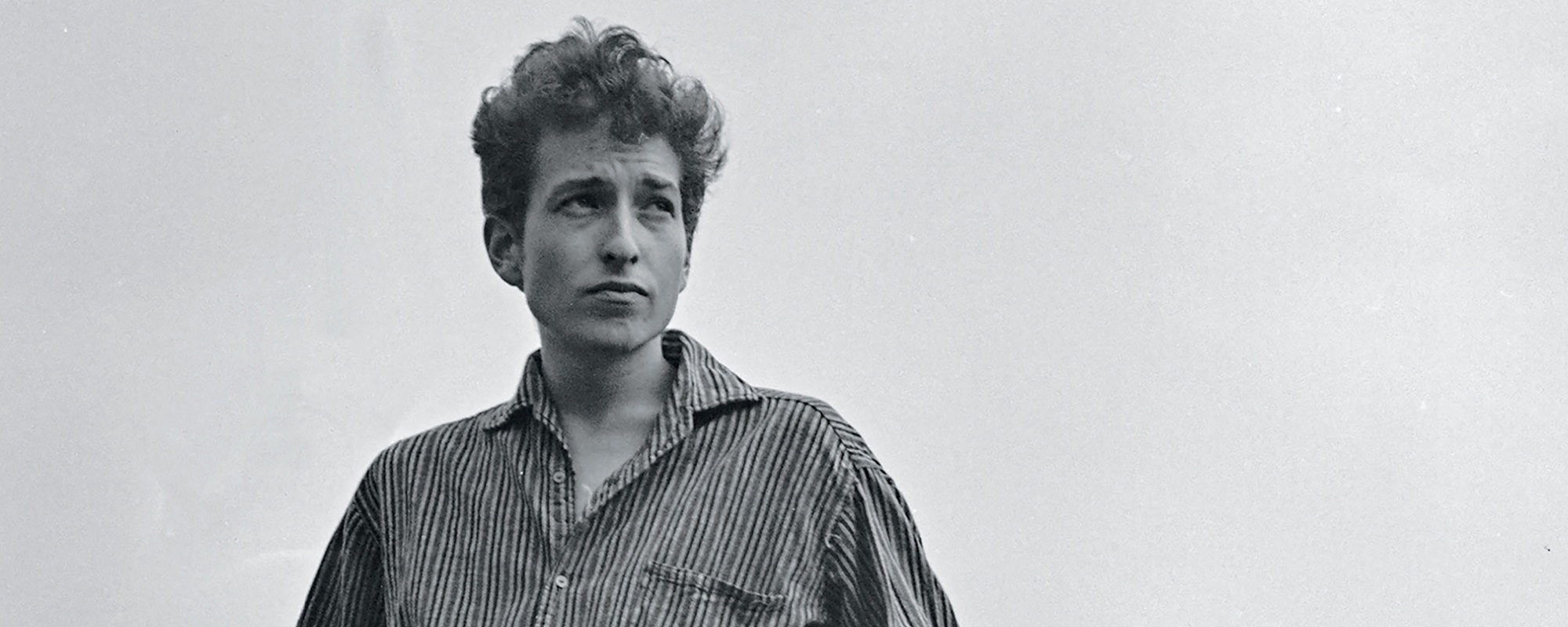
Leave a Reply
Only members can comment. Become a member. Already a member? Log in.